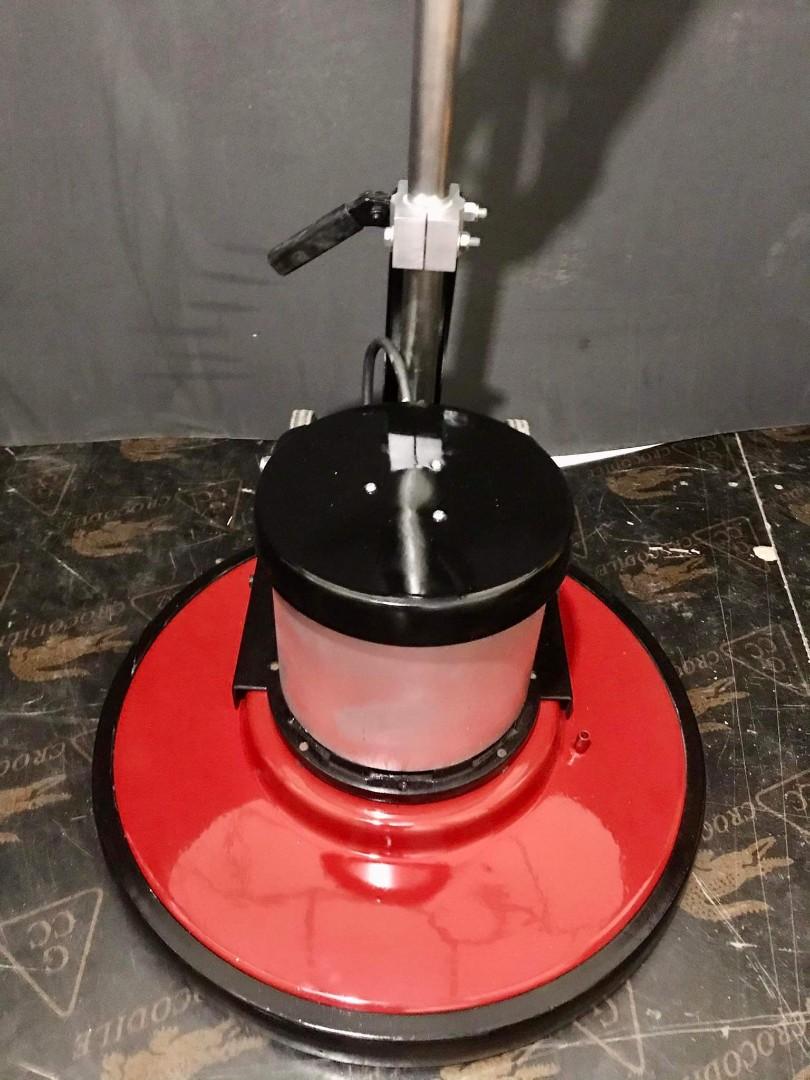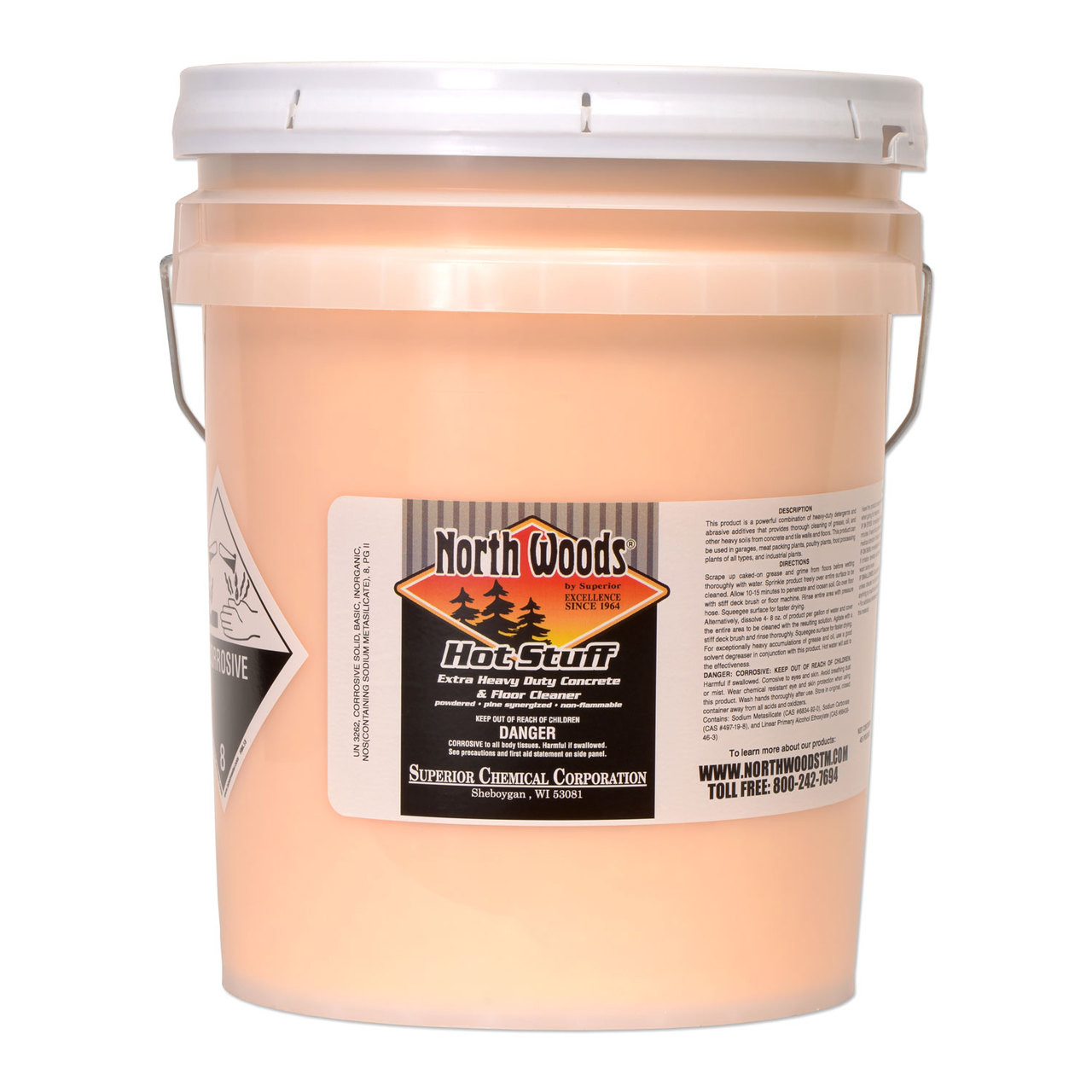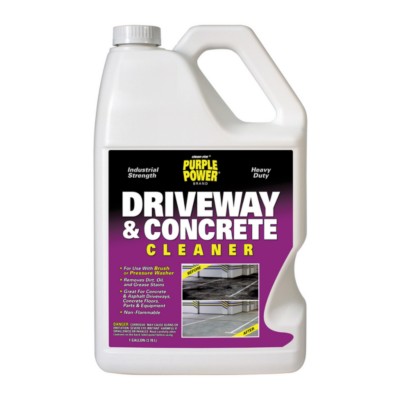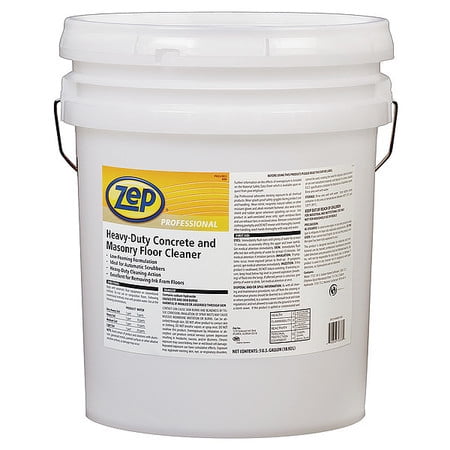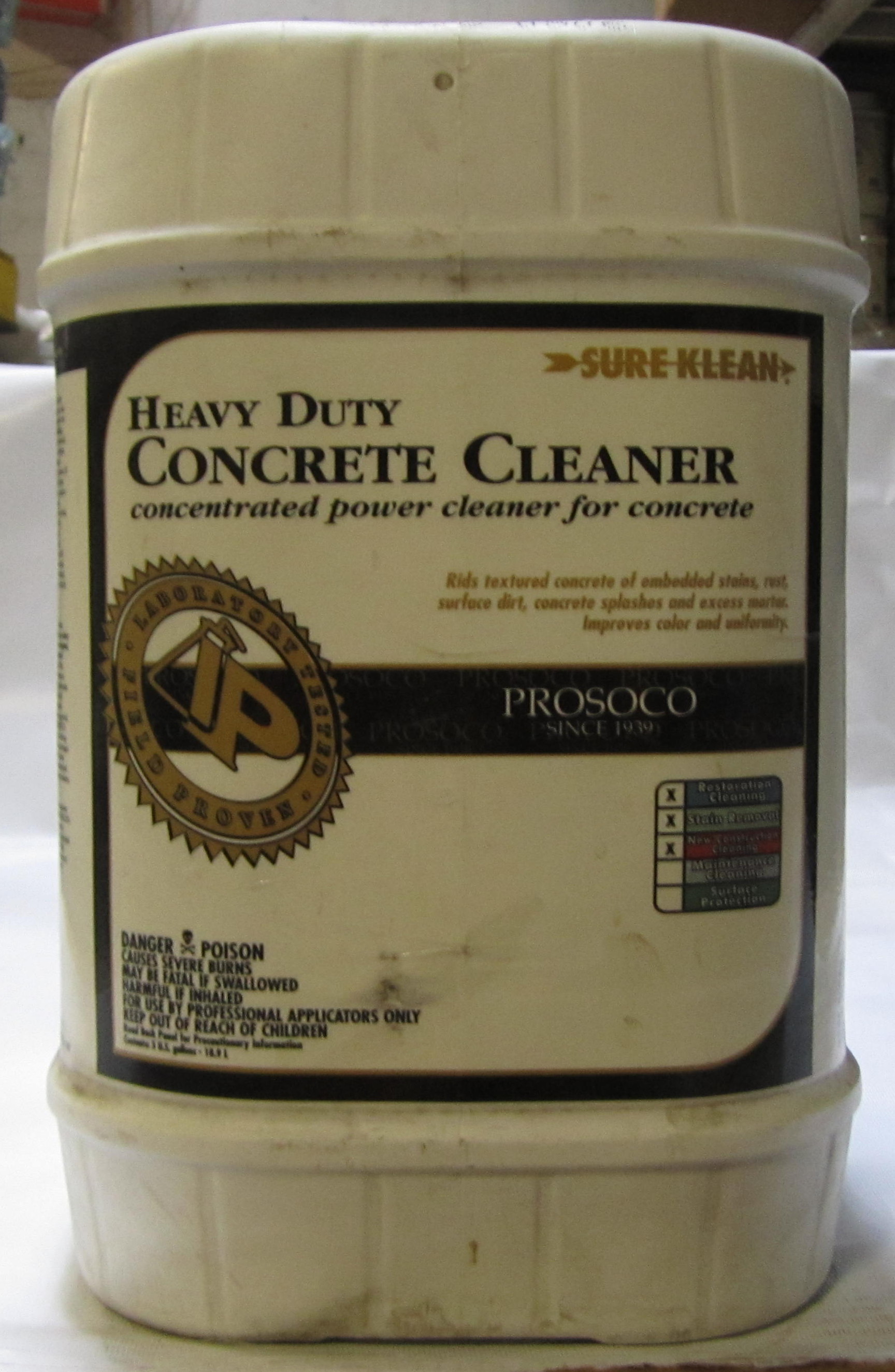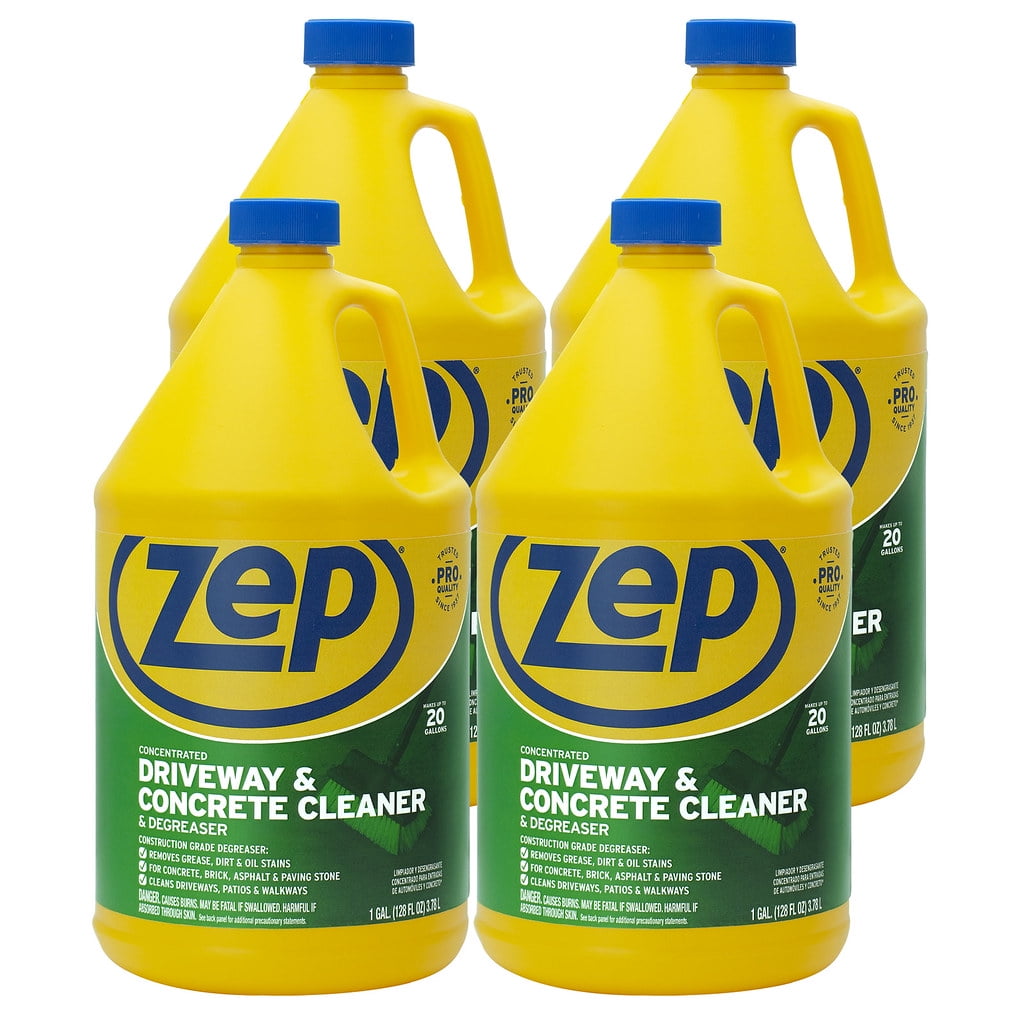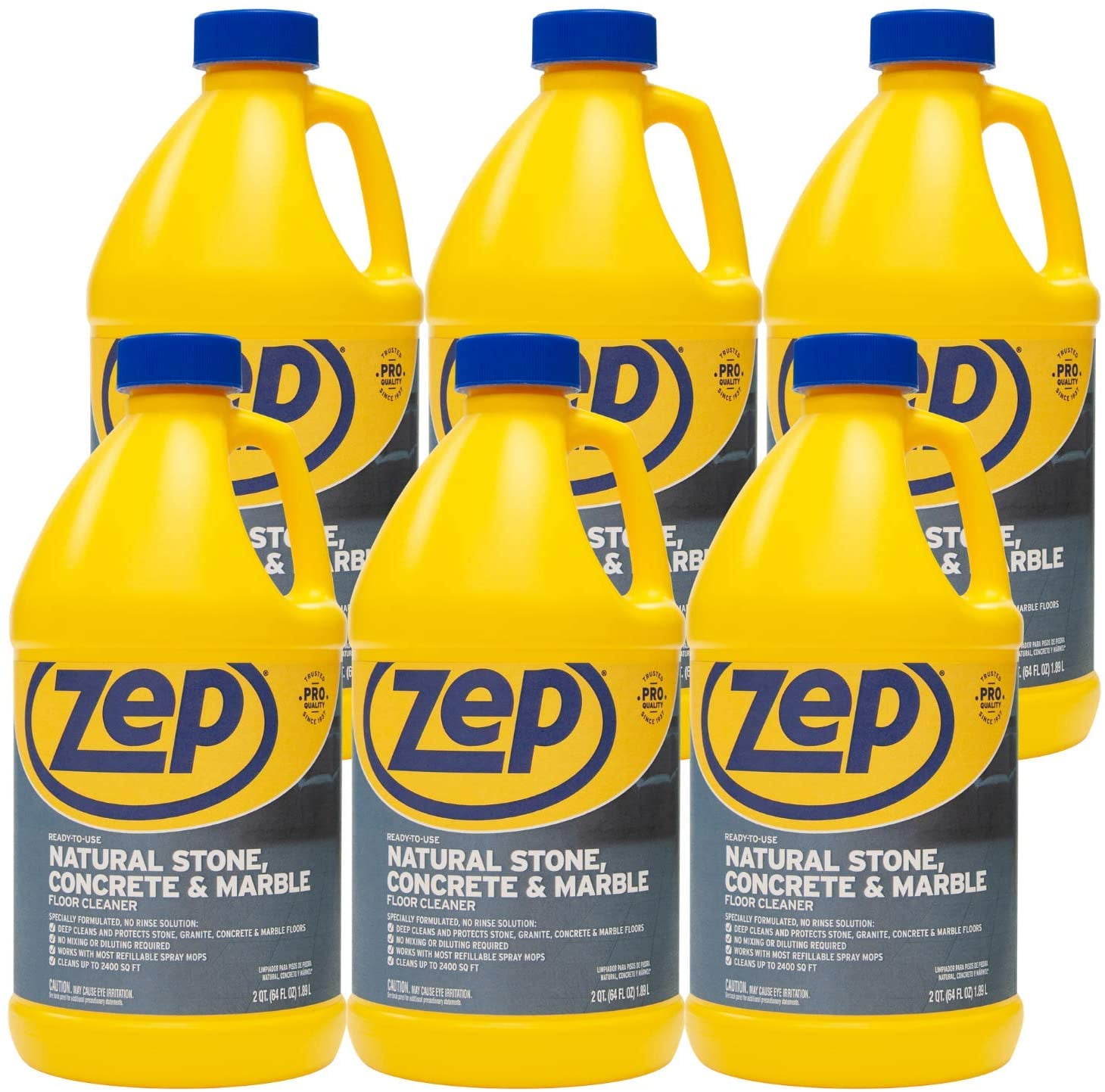Introduction to Heavy Duty Concrete Floor Cleaners
Concrete floors are common in industrial, commercial, and even residential settings due to their durability and low maintenance. However, over time, these surfaces can accumulate stubborn stains, grease, and grime, necessitating the use of heavy-duty concrete floor cleaners. These specialized cleaning solutions are formulated to tackle the toughest contaminants, restoring the appearance and integrity of concrete floors. Understanding the various types of heavy-duty cleaners, their applications, and best practices for use is essential for achieving optimal results.
Types of Heavy-Duty Concrete Floor Cleaners
Acid-Based Cleaners
Acid-based cleaners are highly effective for removing tough stains such as rust, mineral deposits, and efflorescence from concrete floors. These cleaners typically contain hydrochloric acid or phosphoric acid, which reacts with the contaminants, breaking them down for easy removal. While powerful, acid-based cleaners must be used with caution due to their corrosive nature. Proper protective equipment, such as gloves and goggles, is essential to prevent skin and eye irritation.
Acid-based cleaners are particularly useful in industrial settings where heavy machinery and vehicles can leave behind significant staining. They are also employed in commercial spaces with high foot traffic that results in persistent dirt buildup. However, these cleaners should be neutralized and rinsed thoroughly to prevent damage to the concrete surface and surrounding areas.
Alkaline Cleaners
Alkaline cleaners are another popular choice for heavy-duty concrete cleaning. These products are effective at cutting through grease, oil, and other organic stains. Common ingredients include sodium hydroxide or potassium hydroxide, which work by breaking down fats and proteins. Alkaline cleaners are less corrosive than acid-based solutions, making them safer to use on a wider range of surfaces.
In garages, workshops, and kitchens where oil and grease are prevalent, alkaline cleaners offer a robust solution. They can also be used in preparation for painting or sealing concrete floors, ensuring that the surface is free of contaminants that could interfere with adhesion. Alkaline cleaners are typically applied, allowed to sit for a specified period, and then scrubbed and rinsed.
Enzymatic Cleaners
Enzymatic cleaners are formulated with enzymes that specifically target organic stains. These cleaners are environmentally friendly and biodegradable, making them a preferred choice for eco-conscious consumers. Enzymatic cleaners are effective against a variety of stains, including food, pet urine, and blood, as the enzymes break down the organic matter into simpler substances that can be easily rinsed away.
These cleaners are particularly useful in residential settings, such as garages, basements, and patios. Enzymatic cleaners are often safe to use around pets and children, adding to their appeal. While they may take longer to work compared to acid or alkaline cleaners, their gentler approach makes them suitable for regular maintenance.

Solvent-Based Cleaners
Solvent-based cleaners are designed to dissolve and lift stubborn stains like paint, adhesives, and heavy grease. These cleaners often contain chemicals like acetone, xylene, or toluene, which can effectively break down tough substances. Due to their potent formulations, solvent-based cleaners should be used in well-ventilated areas to avoid inhaling fumes.
In industrial and construction settings, solvent-based cleaners are invaluable for removing adhesives and coatings from concrete floors. They are also used in automotive shops to clean up spills and leaks. Given their strong chemical composition, proper handling and storage are crucial to ensure safety.
Specialized Cleaners
Certain stains and contaminants require specialized cleaners tailored to specific needs. For example, cleaners designed to remove graffiti from concrete surfaces often contain unique solvents and surfactants that target paint pigments. Similarly, degreasers formulated for automotive shops are engineered to cut through the toughest oil residues.
Specialized cleaners are essential for addressing unique challenges that general-purpose cleaners cannot handle. They provide targeted solutions that ensure thorough cleaning without damaging the underlying concrete. Using the right specialized cleaner can save time and effort, delivering professional-grade results.
Biodegradable and Eco-Friendly Options
With increasing environmental awareness, many manufacturers now offer biodegradable and eco-friendly heavy-duty concrete floor cleaners. These products are made from natural ingredients and are free from harsh chemicals, making them safe for the environment and human health. Despite their gentle formulations, these cleaners can effectively tackle a range of stains and contaminants.
Eco-friendly cleaners are suitable for all settings, from residential garages to commercial warehouses. They are especially beneficial in areas where runoff could affect local water supplies. Choosing biodegradable options supports sustainability efforts while maintaining high cleaning standards.
Best Practices for Using Heavy Duty Concrete Floor Cleaners
Surface Preparation
Before applying a heavy-duty concrete floor cleaner, proper surface preparation is crucial. This involves removing loose debris, dirt, and dust from the floor using a broom, vacuum, or blower. For outdoor concrete surfaces, a pressure washer can be employed to remove surface dirt. Proper preparation ensures that the cleaner can penetrate and act effectively on the stains and contaminants.
Preparing the surface also involves assessing the type and extent of staining. Identifying whether the stains are oil-based, organic, or mineral in nature helps in selecting the appropriate cleaner. For example, an alkaline cleaner is ideal for grease stains, while an acid-based cleaner is better suited for rust or mineral deposits.
Application Techniques
The effectiveness of a heavy-duty concrete floor cleaner largely depends on the application technique. Cleaners can be applied using various tools, such as sprayers, mops, or brushes. Spraying is effective for even distribution over large areas, while brushes and mops are better for targeted scrubbing. It’s important to follow the manufacturer’s instructions regarding the amount of cleaner to use and the recommended contact time.
For stubborn stains, allowing the cleaner to sit on the surface for a longer period can enhance its effectiveness. However, it’s crucial not to let the cleaner dry on the surface, as this can lead to residue buildup or damage. Periodic agitation with a brush or scrubber can help loosen the stains, making them easier to remove during rinsing.
Safety Measures
Using heavy-duty cleaners safely is paramount to prevent injuries and damage. Personal protective equipment (PPE) such as gloves, goggles, and masks should be worn to protect against chemical splashes and fumes. Working in well-ventilated areas helps dissipate harmful vapors, reducing the risk of inhalation. It’s also important to keep cleaners out of reach of children and pets.
Storing cleaners properly, according to the manufacturer’s guidelines, ensures their effectiveness and safety. Containers should be tightly sealed and stored in a cool, dry place away from direct sunlight. Labeling storage areas clearly can help prevent accidental misuse or mixing of chemicals.
Neutralization and Rinsing
After the cleaner has acted on the stains, neutralizing and rinsing the surface thoroughly is essential. Acid-based cleaners, in particular, need to be neutralized to prevent residual acidity that can damage the concrete or harm subsequent users. Alkaline cleaners should also be rinsed thoroughly to avoid leaving behind a slippery residue.
Using a pressure washer or a high-volume hose can effectively remove all traces of the cleaner and loosened contaminants. Ensuring that the surface is completely rinsed and allowed to dry prevents any chemical interactions that could affect subsequent treatments or coatings. Drying the floor also helps in inspecting the results and identifying any areas that may need additional cleaning.
Post-Cleaning Inspection
A thorough inspection after cleaning ensures that all stains have been removed and the concrete surface is restored to its original condition. Any remaining stains or areas requiring further treatment can be addressed promptly. Regular inspections also help in identifying any potential damage caused during the cleaning process, allowing for timely repairs.
Post-cleaning inspections should include checking for cleaner residue, surface discoloration, or etching. If any issues are detected, appropriate corrective measures, such as additional cleaning or surface sealing, should be taken. This step ensures that the floor remains in optimal condition and ready for its intended use.
Maintenance and Prevention
Regular maintenance and preventive measures can prolong the cleanliness and lifespan of concrete floors. Implementing a routine cleaning schedule helps prevent the buildup of stains and contaminants, reducing the need for heavy-duty cleaning. Using sealers and protective coatings can also shield the concrete from spills and stains, making routine cleaning easier.
Educating staff or household members on proper cleaning techniques and preventive measures can enhance the overall maintenance efforts. Simple practices like promptly cleaning up spills, using mats or rugs in high-traffic areas, and avoiding harsh chemicals can keep concrete floors looking their best. Consistent maintenance not only preserves the appearance of the floors but also extends their durability.
Selecting the Right Cleaner for Your Needs
Assessing the Stain Type
Different stains require different cleaning approaches. Identifying whether the stains are oil-based, organic, mineral, or a combination of types is the first step in selecting the appropriate cleaner. For example, oil and grease stains typically require alkaline cleaners, while mineral deposits and rust are best addressed with acid-based solutions.
Assessing the stain type involves examining the appearance and location of the stains. Oil stains usually appear dark and slick, while rust and mineral stains have a more rigid, crusty texture. Understanding the nature of the stains helps in choosing the most effective cleaner, ensuring thorough removal and minimizing the risk of damage to the concrete surface.
Evaluating Cleaner Ingredients
The ingredients in a heavy-duty cleaner determine its effectiveness and safety. Reading product labels and safety data sheets provides valuable information about the active components and their concentrations. This knowledge helps in selecting a cleaner that is potent enough to tackle the stains without posing unnecessary risks to health or the environment.
Some cleaners may contain harsh chemicals that can be harmful if not used correctly. Opting for products with safer, more eco-friendly ingredients can reduce these risks while still delivering powerful cleaning performance. Evaluating cleaner ingredients also involves checking for compatibility with any existing sealers or coatings on the concrete surface.
Considering Environmental Impact
With growing environmental awareness, the impact of cleaning products on the environment has become an important consideration. Biodegradable and eco-friendly cleaners are formulated to minimize harm to the environment while maintaining high cleaning standards. These products often use natural or less toxic ingredients, reducing the risk of pollution and health hazards.
Selecting environmentally responsible cleaners not only supports sustainability efforts but also ensures a safer cleaning process for users and surrounding areas. These cleaners are particularly beneficial in settings where runoff can affect local water supplies or where children and pets are present. Balancing cleaning efficacy with environmental considerations leads to more responsible product choices.
Compatibility with Surface and Equipment
Ensuring that a cleaner is compatible with the concrete surface and any cleaning equipment is crucial for effective and safe use. Some cleaners may be too harsh for certain types of concrete finishes or coatings, leading to damage or discoloration. Checking product specifications and recommendations can help in avoiding such issues.
Compatibility also extends to the cleaning equipment used. For example, some cleaners may require specific types of brushes or sprayers to apply effectively. Ensuring that the cleaner works well with the available equipment streamlines the cleaning process and enhances results. Testing the cleaner on a small, inconspicuous area can also verify compatibility before full-scale application.
Budget and Cost-Effectiveness
Cost is a significant factor when choosing a heavy-duty cleaner, especially for large or frequent cleaning tasks. While high-quality cleaners may have a higher upfront cost, their effectiveness can reduce the need for repeated applications, making them more cost-effective in the long run. Evaluating the price in relation to the cleaner’s performance and durability helps in making an informed decision.
Bulk purchasing options or concentrated formulas that can be diluted may offer additional cost savings. It’s also important to consider the cost of any additional equipment or safety gear required for using the cleaner. Balancing quality and affordability ensures that the chosen cleaner provides the best value for its price.
User Reviews and Recommendations
User reviews and recommendations provide practical insights into the performance and reliability of heavy-duty cleaners. Feedback from other users can highlight strengths and weaknesses, helping to inform purchasing decisions. Online reviews, professional endorsements, and word-of-mouth recommendations all contribute to understanding how a cleaner performs in real-world scenarios.
Considering reviews from users with similar cleaning needs and conditions can provide more relevant insights. Positive feedback about a cleaner’s effectiveness, ease of use, and safety features can reinforce its suitability for specific applications. Conversely, negative reviews can alert potential buyers to potential issues or limitations, guiding them toward better alternatives.
Safety and Environmental Considerations
Personal Protective Equipment (PPE)
Using heavy-duty cleaners safely necessitates the use of appropriate personal protective equipment (PPE). PPE typically includes gloves, goggles, masks, and sometimes protective clothing. These items protect against chemical splashes, fumes, and skin contact, reducing the risk of injury or irritation.
Selecting the right PPE for the specific cleaner and application is essential. For instance, acid-based cleaners may require more robust protection compared to enzymatic cleaners. Ensuring that all users are trained in proper PPE usage and handling enhances overall safety during the cleaning process.
Safe Storage and Handling
Proper storage and handling of heavy-duty cleaners are critical for maintaining their effectiveness and preventing accidents. Cleaners should be stored in their original containers with labels intact, in a cool, dry place away from direct sunlight and incompatible substances. Tightly sealing containers after use prevents spills and contamination.
Handling practices should include measures to prevent accidental ingestion, inhalation, or contact with skin and eyes. Using designated tools and equipment for each type of cleaner reduces the risk of cross-contamination. Clear labeling and safe storage practices help in quickly identifying and accessing the right product when needed.
Environmental Impact Mitigation
Mitigating the environmental impact of heavy-duty cleaners involves choosing eco-friendly products and adopting responsible usage practices. Biodegradable and non-toxic cleaners reduce the risk of water and soil contamination. Proper disposal of cleaning solutions, following local regulations, prevents harmful chemicals from entering the ecosystem.
Minimizing the use of harsh chemicals whenever possible and opting for sustainable cleaning methods supports environmental conservation. Educating users about the importance of environmentally responsible cleaning practices further promotes sustainability. Efforts to reduce the environmental footprint of cleaning activities contribute to broader ecological health.
Emergency Response Procedures
Having emergency response procedures in place is essential for addressing accidents or spills involving heavy-duty cleaners. These procedures should include steps for containment, neutralization, and cleanup of chemical spills. Access to emergency eyewash stations, showers, and first aid kits can mitigate the effects of accidental exposure.
Training users in emergency response protocols ensures that they can act quickly and effectively in the event of an incident. Clear communication and signage about emergency procedures and the location of safety equipment enhance preparedness. Regular drills and reviews of emergency plans help maintain readiness for potential hazards.
Regulatory Compliance
Compliance with local, state, and federal regulations regarding the use and disposal of heavy-duty cleaners is essential for legal and environmental responsibility. Regulations may dictate the types of chemicals that can be used, safety measures that must be in place, and proper disposal methods for hazardous waste.
Staying informed about regulatory changes and updates ensures ongoing compliance. Working with suppliers and environmental consultants can help navigate complex regulatory landscapes. Compliance not only avoids legal penalties but also promotes safe and responsible cleaning practices.
Training and Education
Providing thorough training and education to all users of heavy-duty cleaners enhances safety and effectiveness. Training should cover proper usage, safety precautions, emergency response, and environmental considerations. Hands-on demonstrations and instructional materials can reinforce key concepts and procedures.
Continuous education and updates on best practices and new products keep users informed and competent. Encouraging a culture of safety and responsibility ensures that heavy-duty cleaning tasks are performed efficiently and safely, protecting both people and the environment.
Common Mistakes to Avoid
Overusing Cleaners
Using more cleaner than necessary can be counterproductive, leading to residue buildup and potential damage to the concrete surface. It is crucial to follow the manufacturer’s recommended dilution ratios and application instructions to avoid overuse. Excessive use can also result in higher costs and increased environmental impact.
Ignoring Safety Precautions
Neglecting to use proper safety gear and failing to handle cleaners with care can result in injuries and health hazards. Always wear appropriate PPE, work in well-ventilated areas, and store cleaners safely to prevent accidents. Ignoring these precautions can lead to serious consequences, including chemical burns and respiratory issues.
Inadequate Rinsing
Failing to rinse the concrete floor thoroughly after cleaning can leave behind chemical residues that may cause slipperiness or damage over time. Ensure that the surface is rinsed well with water to remove all traces of the cleaner. Inadequate rinsing can also affect the adhesion of any subsequent treatments or coatings applied to the floor.
Using Incompatible Cleaners
Using a cleaner that is not compatible with the specific type of stain or concrete finish can result in ineffective cleaning or damage to the surface. Always select a cleaner that is appropriate for the type of stain and the condition of the concrete. Testing the cleaner on a small area first can help ensure compatibility.
Skipping Surface Preparation
Not preparing the surface properly before applying the cleaner can reduce its effectiveness. Remove loose debris and dirt to allow the cleaner to penetrate and work on the stains. Skipping this step can result in uneven cleaning and the need for repeated applications.
Failing to Neutralize Acid-Based Cleaners
Neglecting to neutralize acid-based cleaners after use can leave the concrete surface susceptible to ongoing chemical reactions that may cause damage. Always follow up with a neutralizing agent and thorough rinsing to ensure that the acidity is fully neutralized. This step is crucial to preserving the integrity of the concrete floor.
What are the benefits of using heavy-duty concrete floor cleaners?
Heavy-duty concrete floor cleaners are designed to tackle the toughest stains and contaminants, restoring the appearance and integrity of concrete surfaces. They are effective at removing oil, grease, rust, mineral deposits, and other stubborn stains that regular cleaners cannot handle. Using these cleaners enhances the longevity and aesthetics of concrete floors, making them suitable for both industrial and residential applications.
How do I choose the right heavy-duty cleaner for my concrete floor?
Choosing the right cleaner involves assessing the type of stains present, evaluating the ingredients and environmental impact, and ensuring compatibility with the concrete surface and cleaning equipment. Reading product labels, consulting user reviews, and considering budget and cost-effectiveness also help in making an informed decision. Testing the cleaner on a small area first can confirm its suitability.
Are heavy-duty concrete floor cleaners safe to use?
While heavy-duty cleaners are effective, they often contain potent chemicals that require careful handling. Using appropriate personal protective equipment (PPE), following manufacturer instructions, and ensuring proper ventilation are essential for safe use. Selecting eco-friendly and biodegradable options can reduce health and environmental risks. Proper storage and emergency response procedures further enhance safety.
Can heavy-duty cleaners damage concrete floors?
If not used correctly, heavy-duty cleaners can damage concrete floors, especially if they are overused, not neutralized, or incompatible with the surface. Following recommended dilution ratios, application techniques, and thorough rinsing helps prevent damage. It is important to choose cleaners specifically formulated for concrete and to test them on a small, inconspicuous area first.
How often should I use heavy-duty concrete floor cleaners?
The frequency of use depends on the level of staining and the environment in which the concrete floor is located. Industrial and high-traffic areas may require more frequent cleaning, while residential settings may need less frequent use. Implementing regular maintenance and preventive measures can reduce the need for heavy-duty cleaning, preserving the floor’s condition and appearance over time.
Zep Natural Stone, Concrete & Marble Floor Cleaner – 64 oz. ZUNSCM64 (Case of 6) Pro Formula
Related Posts:
- Interior Concrete Floor Paint Ideas
- Concrete Floor Epoxy Crack Filler
- Concrete Floor Basement Ideas
- Painting Concrete Floor With Epoxy
- Outdoor Concrete Floor Paint Ideas
- Concrete Floor Painting Tips
- Outdoor Concrete Floor Finishes
- Non Slip Concrete Floor
- Concrete Floor Epoxy Coating
- Outdoor Concrete Floor Tiles
